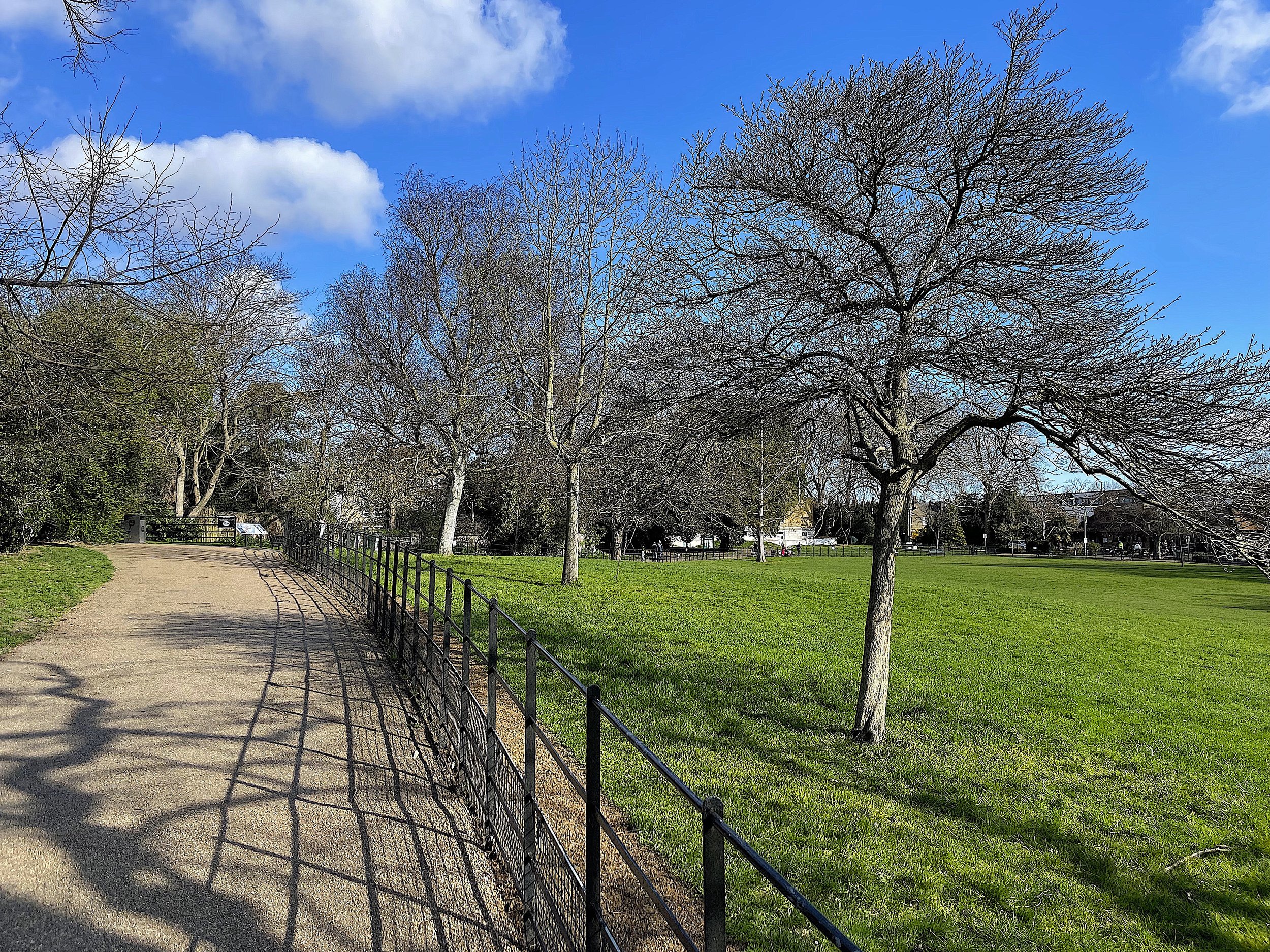Park Ecology
The park is beginning to suffer years of underfunding and overuse, litter and damage to the environment is the main problem. The Friends litter-picker volunteers collected 15 bin bags of rubbish in just I hour on the 5th of March, even after a relatively wet winter. The pandemic meant the rediscovery of parks and open space, of community and friends and we expect summer 2022 to be a repeat of 2021 with large numbers of people and groups attracted to the park. Sadly, we also expect a repeat of individuals failing to use bins provided or to take waste home, especially once the weather improves.
The park contains an incredible variety of wild-life, flora, and fauna. There are lots of trees here, London Plane, Cypress, Horse Chestnut, Weeping Willow, Beech and Robinia, which in turn attracts lots of domestic birds such Great Tits, Blue Tits, Coal Tits, Robins, Blackbirds, Crows, Woodpeckers and Magpies.
The river Quaggy is an important part of this ecosystem and if you look carefully, you can catch the occasional glimpse of a Kingfisher flying arrow sharp along the Quaggy or our smallest bird, the Wren in the foliage on the bankside. The park now attracts more and more foreign visitors, like the bright green Rose-Ringed Parakeets noisily swarming in the trees around the park or the Egyptian Goose in the meadow.
The park has 2 large areas of water, the Lake, and the river Quaggy, both provide the park with a rich biodiversity and supports a fragile eco-system of insects, plant life, fish and even terrapins and provides a food chain for the Canada Geese, Coot, Moorhen and Mallard as well as our resident Swans and Herons who nest on the Nesting Island each year. There’s also a thriving colony of Bats, which you can see swooping and feeding on mayflies and other insects over the Lake at dusk. But it is a sensitive ecosystem, and the people who visit and use the park cannot help but have an impact through pollution, the domestic animals like cats and dogs and noise and activity, all of which can disturb the wildlife.
The Lake
Over the past 18 months a very popular activity in the park has been to watch the abundant wildlife and feed the ducks, geese, and swans, but a gentle reminder that bread can be harmful to the birds and the Lake. Corn and peas are much better for the wildlife and environment, or you can visit the cafe to stock up on some duck and squirrel food. We also have Foxes, Squirrels, Rats and Mice here.
The Quaggy
Our London river ‘The Quaggy’ gets its name from a reference to the state of the ground i.e., a quagmire, marsh, or bog. It travels 17 kilometres through the Boroughs of Bromley, Greenwich and Lewisham eventually feeding into the River Thames via the River Ravensbourne. An ambitious restoration and flood alleviation scheme has focused on the 4.3-kilometre stretch between Sutcliffe Park and Lewisham town centre, to help restore the Quaggy. The river is now cleaner, which is better for wildlife, a valuable resource for parkland and wetland zones and more attractive for local people.


